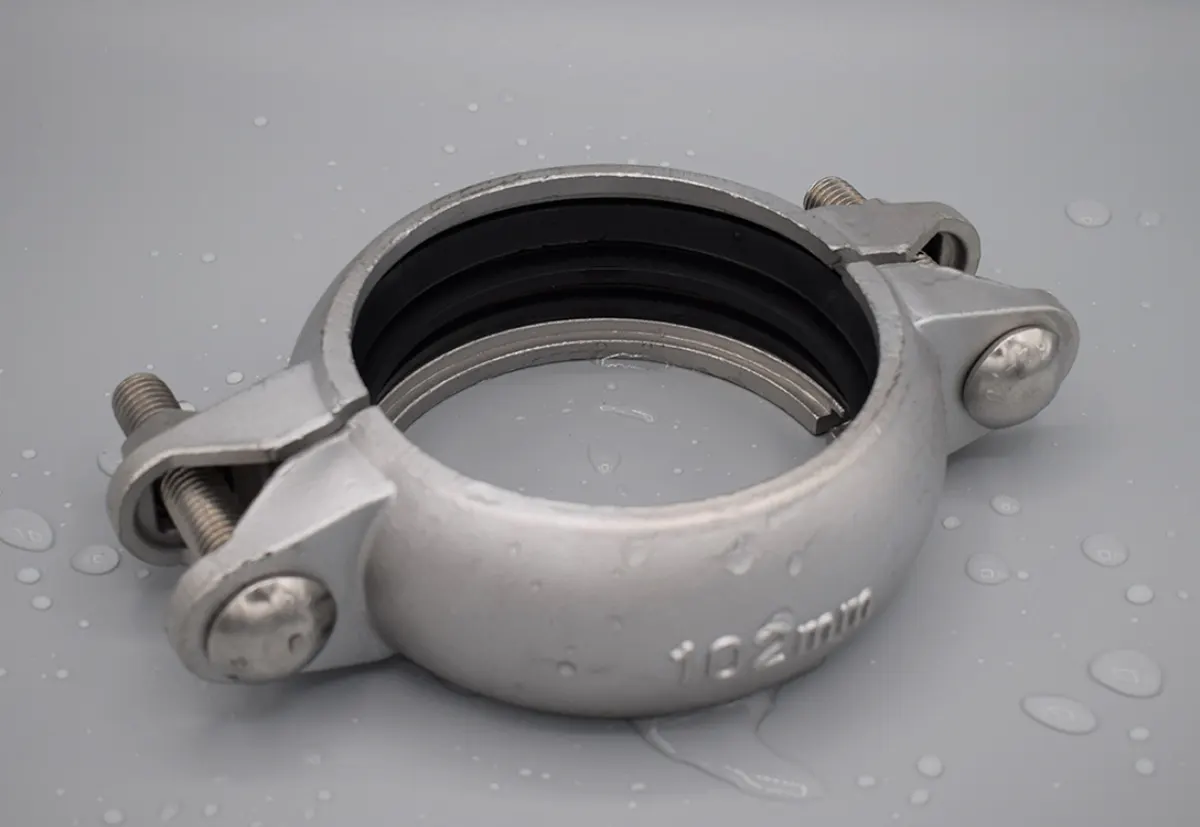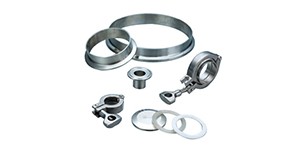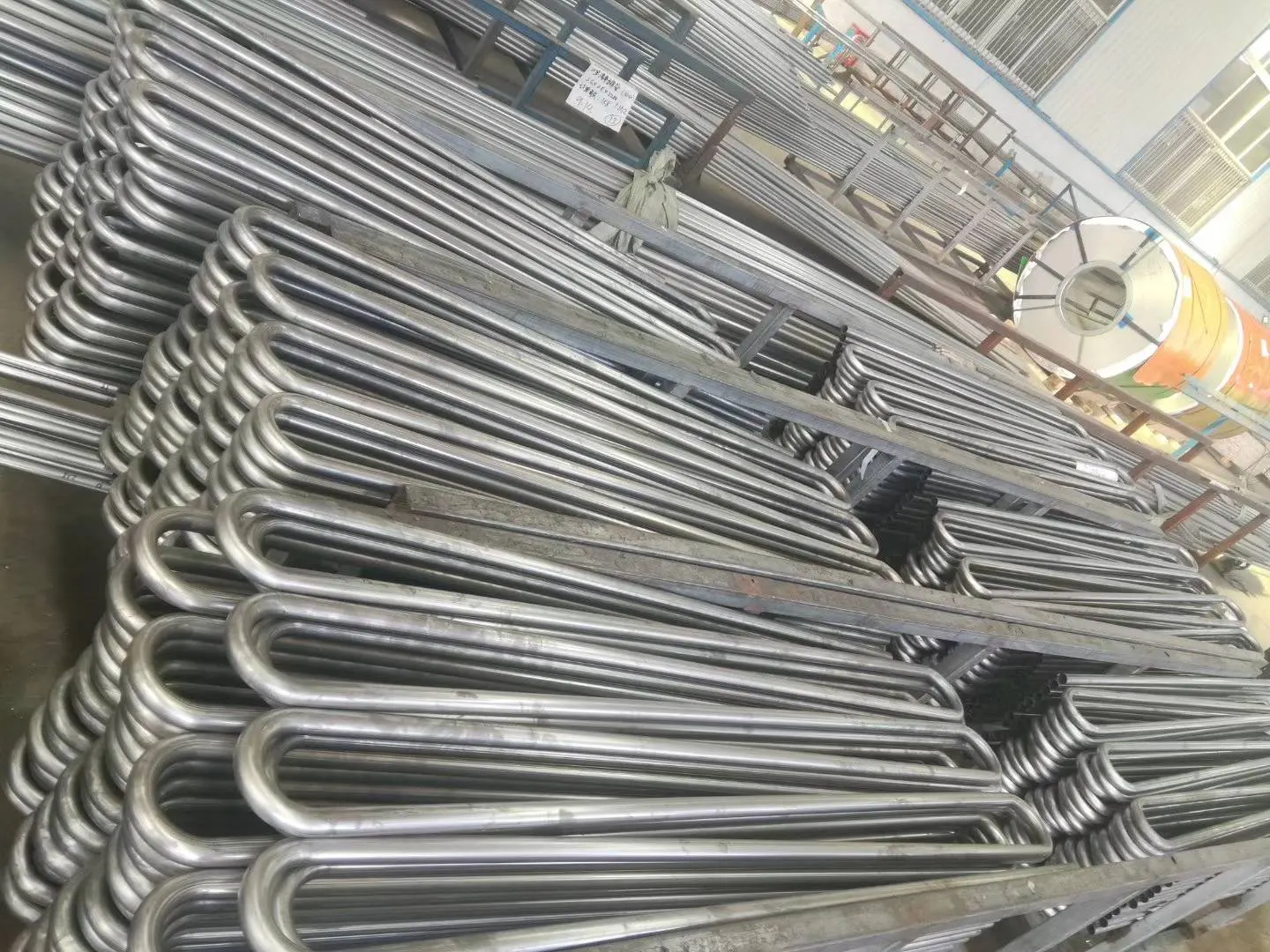There have been three generations of duplex stainless steel
The development of duplex stainless steel has a history of nearly 90 years, and the ferrite phase and the austenite phase each account for 50% of the duplex stainless steel structure.
The development of duplex stainless steels began in the 1930s, at the time to solve the problem of intergranular corrosion of high-carbon austenitic stainless steels.

Duplex stainless steel has 3 generations now:
The first generation: represented by the Type 329 stainless steel developed in the United States in the 1940s, it is widely used in heat exchanger pipes of nitric acid plants.
In the mid-1960s, Sweden developed the 3RE60 duplex stainless steel (00Cr18Ni5Mo3N) designed to improve resistance to chloride corrosion fracture, but because of its high carbon content, it is generally used for casting and forgings.
Second generation: Since the 1970s, with the popularization and development of secondary refining technology (AOD), vacuum refining technology (VOD) and continuous casting technology, the production of ultra-low carbon (w(C)≤0.03%) steel has Easy to realize, 00Cr22Ni5Mo3N is the representative of the second-generation duplex stainless steel.
The steel grade was successfully developed by Sweden in the 1970s, with material grade SAF2205, and the corresponding US grade is UNS S31803.
The third generation: In the late 1980s, the third-generation duplex stainless steel was successfully developed, and the main brands are SAF2507.
It is characterized by ultra-low carbon, high molybdenum, and high nitrogen, has excellent corrosion resistance, and its PREN value is greater than 40.
In the 21st century, duplex stainless steel has two main directions:
Super Grade: on the one hand, further increase the content of alloy elements in the steel to obtain higher strength and better corrosion resistance, such as SAF 2707 and SAF 3207 newly developed by the Swedish company SANDVIK. PRE value is greater than 45, which is called super duplex stainless steel (often expressed in HD).
Economical Grade: On the other hand, we turn to the development of economical duplex stainless steel with low nickel content and no molybdenum or only a small amount of molybdenum to reduce the cost and selling price of duplex stainless steel, and significantly improve the hot workability and welding of duplex stainless steel To increase the competitive advantage of duplex stainless steel and other types of stainless steel.


The output of duplex stainless steel in China increased from less than 1,000 tons in 2001 to 180,000 tons in 2019. Duplex stainless steel pipe fittings supplier is also increasing in complete specifications and models of duplex stainless steel plates, pipes, profiles and round steel.



